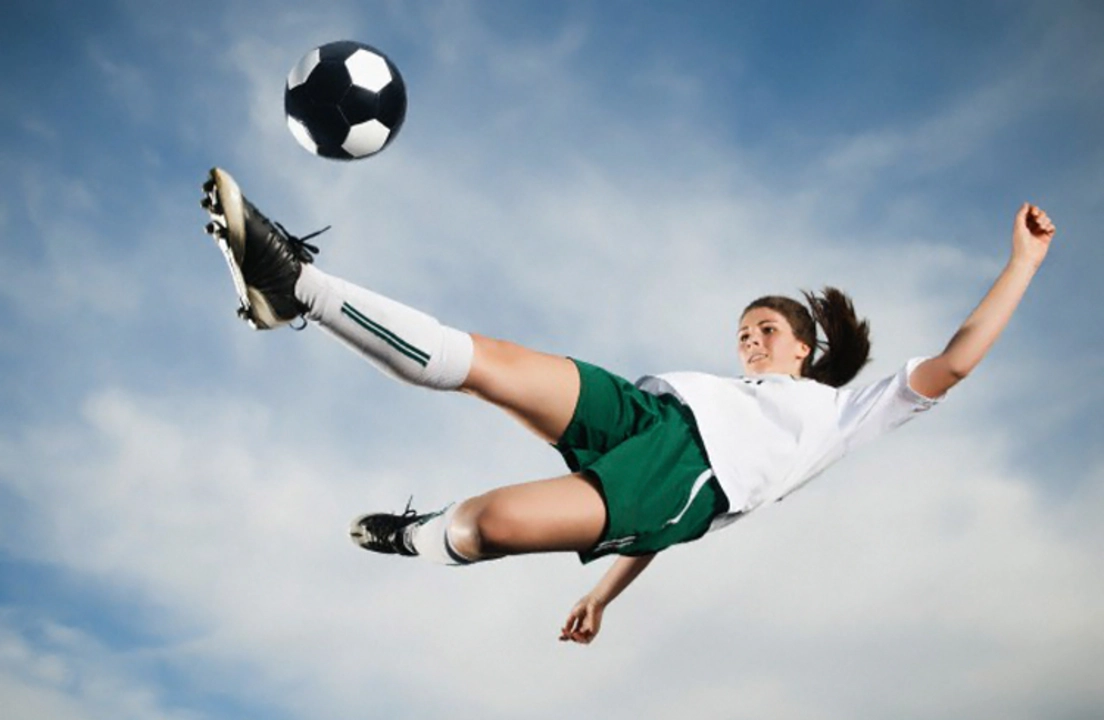Physics and Sports: Why Science Makes the Game Exciting
Ever wonder why a soccer ball curves or why a basketball bounces the way it does? The answer lies in plain‑old physics, and you don’t need a lab coat to get it. In this page we break down the main ideas—energy, force, motion—and show how they play out on the field, the court, and the track. You’ll walk away with a few practical tips you can use the next time you kick a ball or watch a game.
Energy in Motion
Energy is the fuel that makes anything move. When you kick a soccer ball, you transfer the energy stored in your leg muscles to the ball. That energy shows up as kinetic energy—the ball’s motion. As the ball flies, gravity pulls it down, turning some of that kinetic energy into potential energy at the highest point of its arc. When the ball falls, the potential energy switches back to kinetic, and the ball speeds up again.
Take Sally’s kick as a real‑world example. Sally’s leg does the work, sending the ball snapping forward. The ball’s speed is a direct result of how much energy Sally puts in and how efficiently she transfers it. Air resistance steals a tiny bit of that energy as heat, which is why the ball eventually slows and stops. The whole process is a perfect demonstration of the conservation of energy—energy isn’t lost, it just changes form.
Force, Balance, and Speed
Force is what pushes or pulls an object. In sports, force comes from muscles, from the ground, and even from the air. When a sprinter pushes off the track, they generate a forward force that overcomes the friction of the surface. The stronger the push, the quicker the acceleration.
Balance is the invisible partner of force. A soccer player who leans too far forward while striking the ball will lose balance and miss the shot. Good balance lets you channel force efficiently, turning raw power into precise movement.
Speed is simply how fast something moves, and it’s the result of force applied over time. A baseball pitcher builds up speed by applying force over several strides before releasing the ball. The longer the force is applied, the faster the ball leaves the hand.
Understanding these basics can help you improve your own game. If you’re learning to kick a ball farther, focus on a smooth transfer of energy: a strong, controlled swing of the leg, a firm foot placement, and a follow‑through that keeps the force directed toward the target. For runners, work on a powerful toe‑off and maintain an upright posture to keep balance while maximizing force.
Physics isn’t a distant concept reserved for textbooks; it’s happening every second on the field. By paying attention to how energy, force, and motion interact, you can make smarter decisions, avoid injuries, and enjoy the sport on a deeper level.
So next time you watch a perfect free‑kick or feel the rush of a sprint, remember the simple physics behind it. You’re not just cheering a player—you’re witnessing the laws of nature in action. And now you’ve got the tools to see, feel, and even control a bit of that action yourself.
What happens to energy when Sally kicks a soccer ball?
When Sally kicks a soccer ball, she transfers her energy to the ball in the form of kinetic energy. The ball then moves through the air, and its kinetic energy is converted to potential energy as it reaches its highest point. As the ball falls back down, the potential energy is once again transformed back into kinetic energy. Some of this energy is lost as heat due to air resistance, which causes the ball to eventually come to a stop. Overall, this process demonstrates the conservation of energy, as it's simply transformed from one form to another during the kick.



